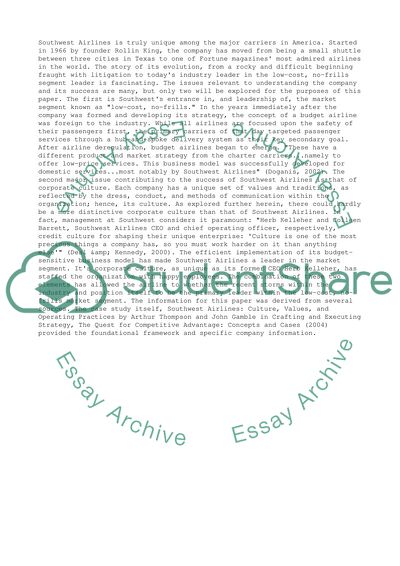Cite this document
(“Southwest Airlines: the Aviation Industry Research Paper”, n.d.)
Southwest Airlines: the Aviation Industry Research Paper. Retrieved from https://studentshare.org/business/1534302-southwest-airlines-essay
Southwest Airlines: the Aviation Industry Research Paper. Retrieved from https://studentshare.org/business/1534302-southwest-airlines-essay
(Southwest Airlines: The Aviation Industry Research Paper)
Southwest Airlines: The Aviation Industry Research Paper. https://studentshare.org/business/1534302-southwest-airlines-essay.
Southwest Airlines: The Aviation Industry Research Paper. https://studentshare.org/business/1534302-southwest-airlines-essay.
“Southwest Airlines: The Aviation Industry Research Paper”, n.d. https://studentshare.org/business/1534302-southwest-airlines-essay.


